 Whilst schools are a place of learning, they are also at risk of potential crimes and therefore robust security measures need to be put in place. Here, we discuss 7 security measures for schools.
Whilst schools are a place of learning, they are also at risk of potential crimes and therefore robust security measures need to be put in place. Here, we discuss 7 security measures for schools.
Have access control
Access control measures are a great way to ensure the flow of people into the school is limited. Having keypads at entrances to buildings that require a pin code or an ID badge can help keep track of who is in a building at any one time. Access control cards can also be assigned to students as well as staff. This will create even greater control of who is on-site at any given moment.
Use signs effectively
It has been proven that barriers, gates, and other perimeter security measures can be complemented with the effective use of signs. These signs can be used to not only deter criminals (For example, by installing signs that state CCTV cameras are in action on-site) but, can also highlight exits in cases of emergency, keeping everyone safe and aware of what to do in an emergency.
Ensure the perimeter is secure
It is vital that the entire perimeter of a school is protected. Perimeter security measures such as barriers, gates, and turnstiles can all be used effectively to ensure there are no easy access points. Assess the perimeter on a regular basis to check there are do damaged areas to the perimeter. For example, check for any holes in fences or any weak points that need to be repaired.
Try and install metal gates and fences where possible as although they are more costly, they will last longer when properly maintained.
Consider having a gated entrance, ideally one that requires keypad or swipe card entry. Although during peak times such as the start or end of the day, the gate may have to be left open, having the added gate protection can help staff feel safe when they are leaving work after the children have gone home.
Although securing the perimeter is vital, whatever is installed needs to be able to unlock in case of emergencies when an alarm is triggered, so bear this in mind.
CCTV
Install CCTV in key areas, for example where high-value items such as computers and money are kept. Having this extra layer of security helps protect the higher risk areas. Although the CCTV footage may not be reviewed regularly, it is invaluable to consult after an incident such as theft, fires or vandalism.
Keep track of visitors
Ensure all visitors naturally have to walk past the reception of the school. Try and limit the places on the school grounds that a visitor can access without temporary access cards. Keeping access limited will help stop unauthorised personnel from being able to wander around the school site.
Install security lighting
During the colder, darker months, it is always a good idea to install security lighting through the site. Especially near playgrounds and footpaths to ensure accidents and trips are avoided and the staff and students feel safe walking around outside.
Carry out regular risk assessments
Security requirements will inevitably change over time. More security solutions will be available and the needs of the school may alter. Therefore, you should assign someone to be in charge of assessing the site. Alternatively, you can hire a security company to come in to carry out the risk assessment. The benefit of using someone external is the fresh eyes and new perspective they can provide.
Enforcing these measures will help create a safe environment that will benefit the staff and students alike. By have strictly enforced security measures like the ones discussed above ensures that learning can take place without being disruptive, there is higher morale, less cost in the long run as theft and other criminal damage will be reduced. In addition to this, schools that can be clearly seen putting safety as a key priority will gain a great reputation which will benefit the school for years to come.
What’s Next?
For more information on how Gateway Automation can help keep your premises secure, please contact us on 01522 682255 for a free, no-obligation quotation and feasibility survey to assess your perimeter security equipment.

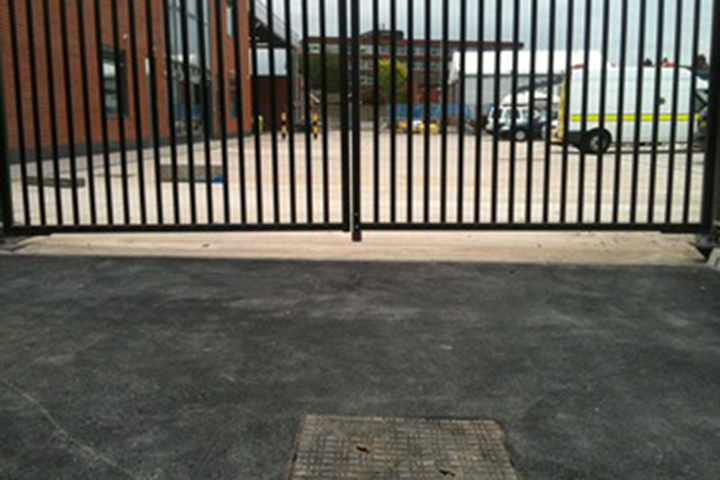
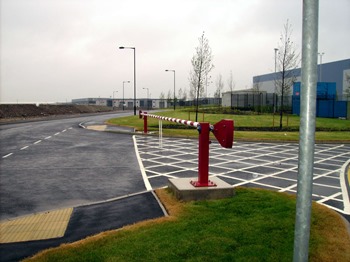
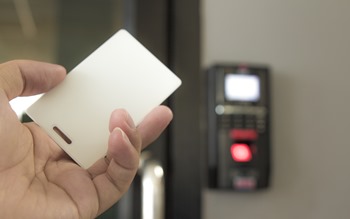 Installing access control is a simple concept and is simple to incorporate into your security system, however, a business must also maintain access control. Although they are extremely efficient and effective, a business needs to ensure that the access control equipment is maintained in order for it to fulfill its potential and provide the best level of security.
Installing access control is a simple concept and is simple to incorporate into your security system, however, a business must also maintain access control. Although they are extremely efficient and effective, a business needs to ensure that the access control equipment is maintained in order for it to fulfill its potential and provide the best level of security.  Unfortunately, a significant number of reported fraud or thefts from companies comes from an internal source. When hiring, it is important that not only can the successful candidate carry out their job but they are honest and trustworthy. Although internal crime does not impact every business, all businesses should implement ways to protect their business from internal crime. Here, we discuss some of the most effective methods
Unfortunately, a significant number of reported fraud or thefts from companies comes from an internal source. When hiring, it is important that not only can the successful candidate carry out their job but they are honest and trustworthy. Although internal crime does not impact every business, all businesses should implement ways to protect their business from internal crime. Here, we discuss some of the most effective methods 
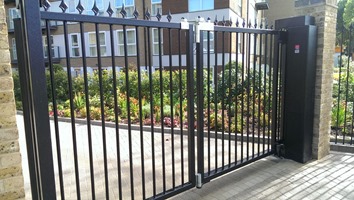
 Having strong physical security is really important for businesses, especially if they put perimeter security measures in place as a priority. However, once the perimeter security is installed, it is not finished. Maintaining perimeter security to ensure it remains fit for purpose is an ongoing process that goes way beyond the initial installation. Here, we discuss the importance of maintaining perimeter security.
Having strong physical security is really important for businesses, especially if they put perimeter security measures in place as a priority. However, once the perimeter security is installed, it is not finished. Maintaining perimeter security to ensure it remains fit for purpose is an ongoing process that goes way beyond the initial installation. Here, we discuss the importance of maintaining perimeter security. University campus security can be a difficult challenge to overcome. With hundreds of students coming and going around campus, it is crucial that sufficient security measures are in place. Here we discuss some of the best ways to approach campus security challenges and what measures should be enforced.
University campus security can be a difficult challenge to overcome. With hundreds of students coming and going around campus, it is crucial that sufficient security measures are in place. Here we discuss some of the best ways to approach campus security challenges and what measures should be enforced. 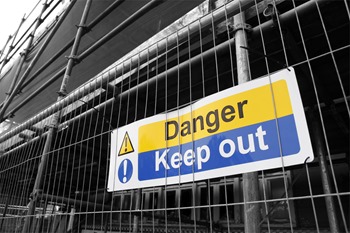 Securing building sites is a hot topic in the construction industry. Building sites are a common target for vandals and thieves. They can be targets for homeless people as well as kids who view building sites as an adventure playground. It is because of these potential intruders that construction companies must ensure that building sites are as secure as they can be.
Securing building sites is a hot topic in the construction industry. Building sites are a common target for vandals and thieves. They can be targets for homeless people as well as kids who view building sites as an adventure playground. It is because of these potential intruders that construction companies must ensure that building sites are as secure as they can be.
Recent Comments